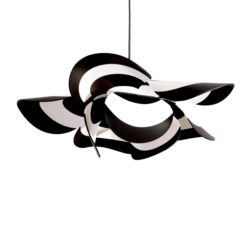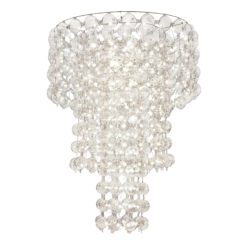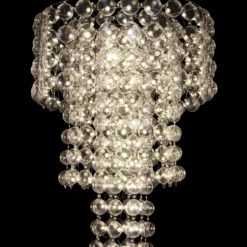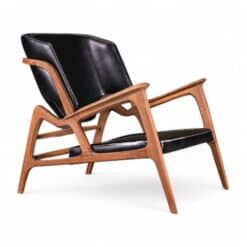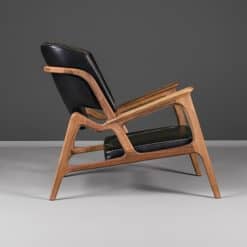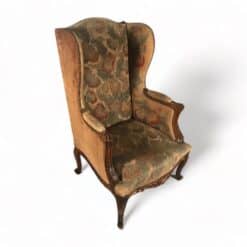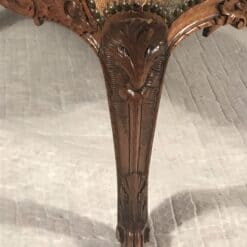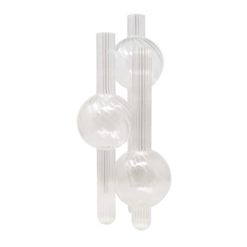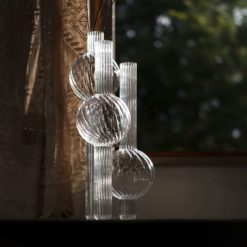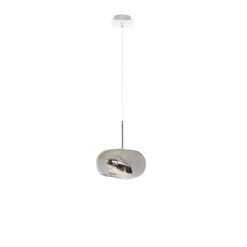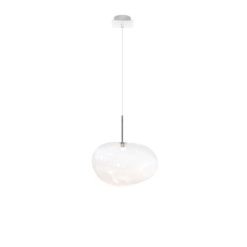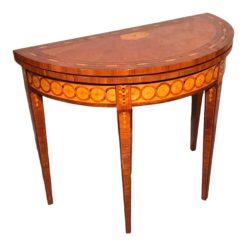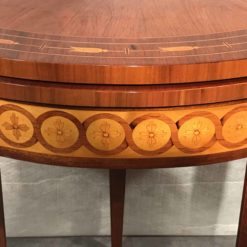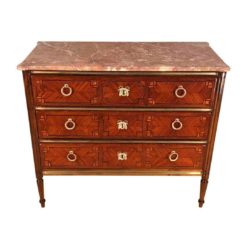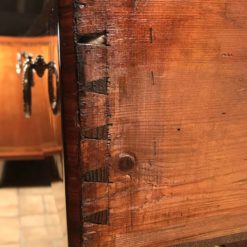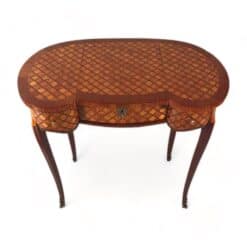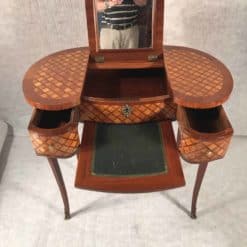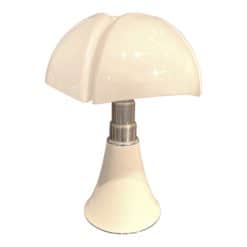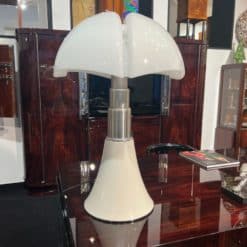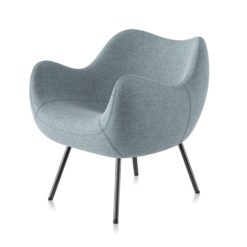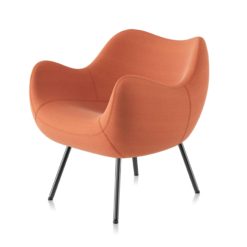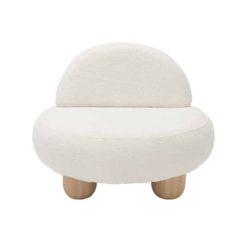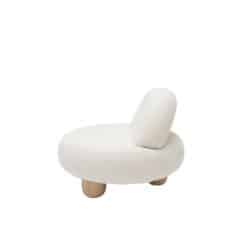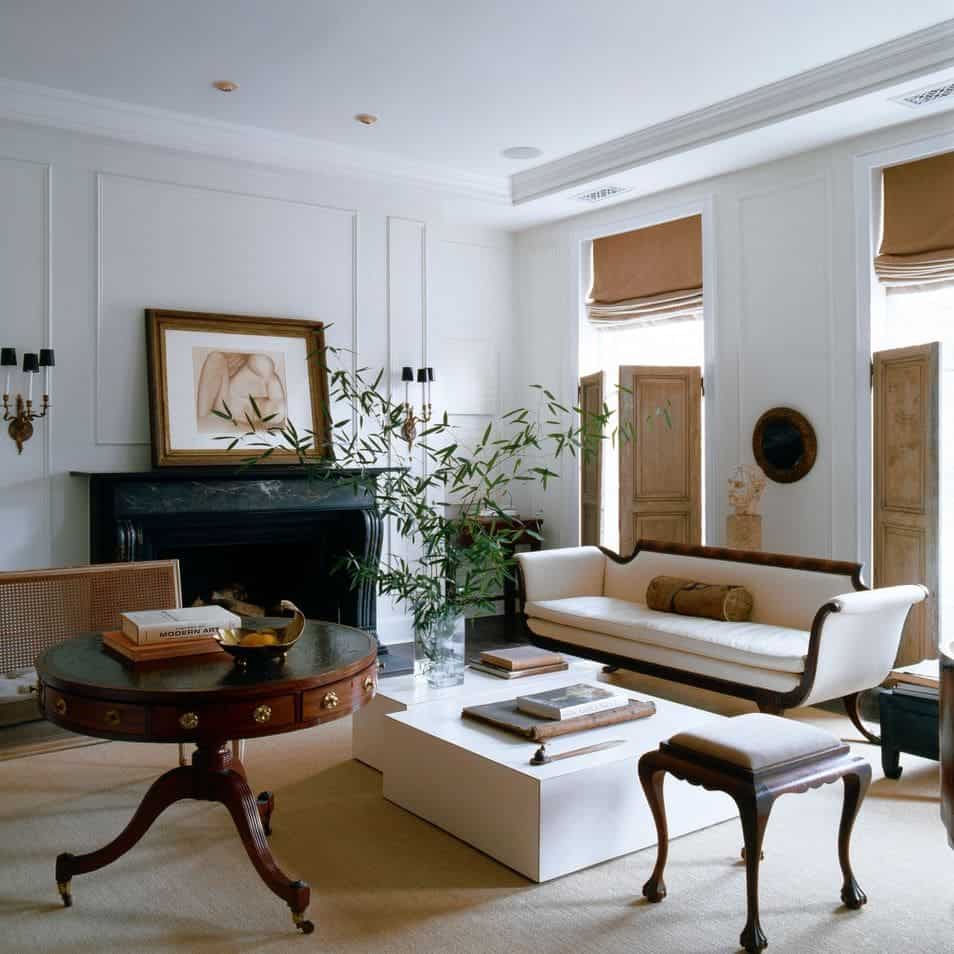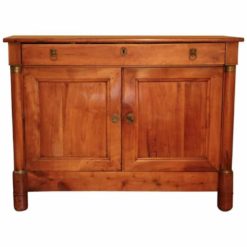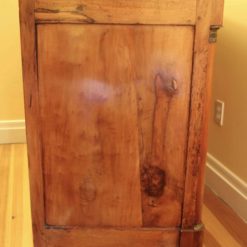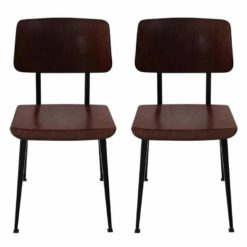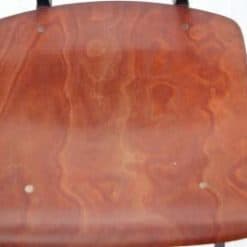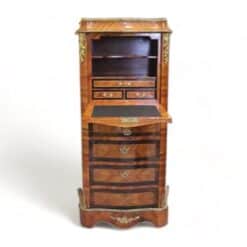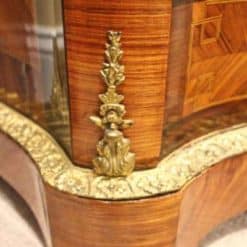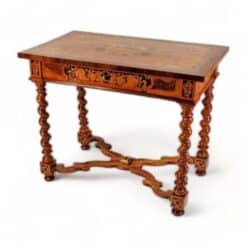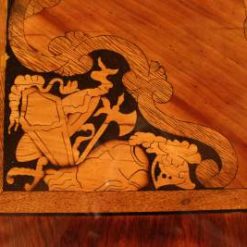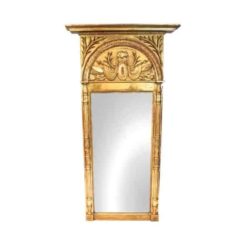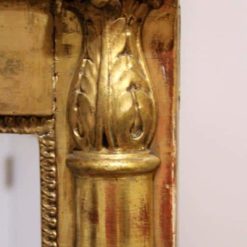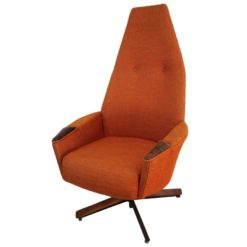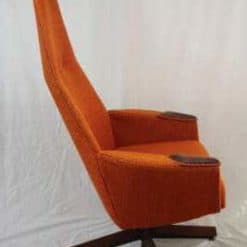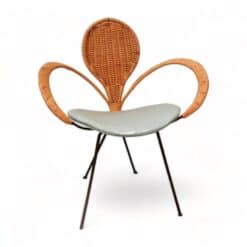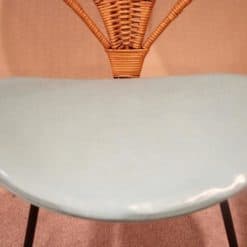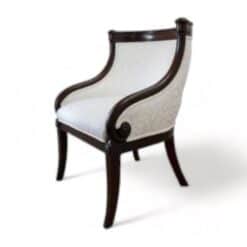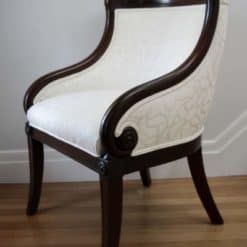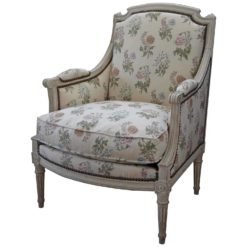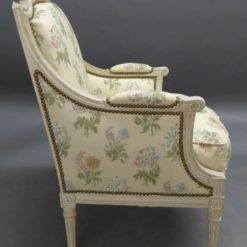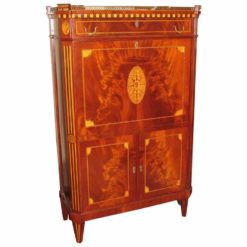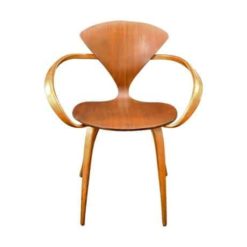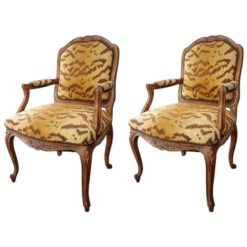Best Sellers
Styylish History
The History of the Sofa
The History of the Sofa
The sofa has many names: couch, settee, canapé. Whatever you call it, it has become synonymous with comfort, leisure, and home.
But when they first came about, sofas were not the cushioned furniture we’re familiar with today.
Like the chair, the sofa tells a lot about humans and our quest for comfort and style.
The Sofa in Antiquity
The word “sofa” originated as far as 2000 BC in Ancient Egypt. It comes from the Arabic word “suffah,” or “bench.” Then, only the extremely affluent (such as royals) could afford them.
Upper-class Greeks and Romans used sofas as well, though preferred a type resembling a chaise lounge so they could recline more fully.
They sometimes used these around the table so they could lay back and eat and added pillows for even more comfort.
Plebians, lower-class Romans, could not afford to purchase luxury items like cushioned lounges. Instead, they used stone benches.
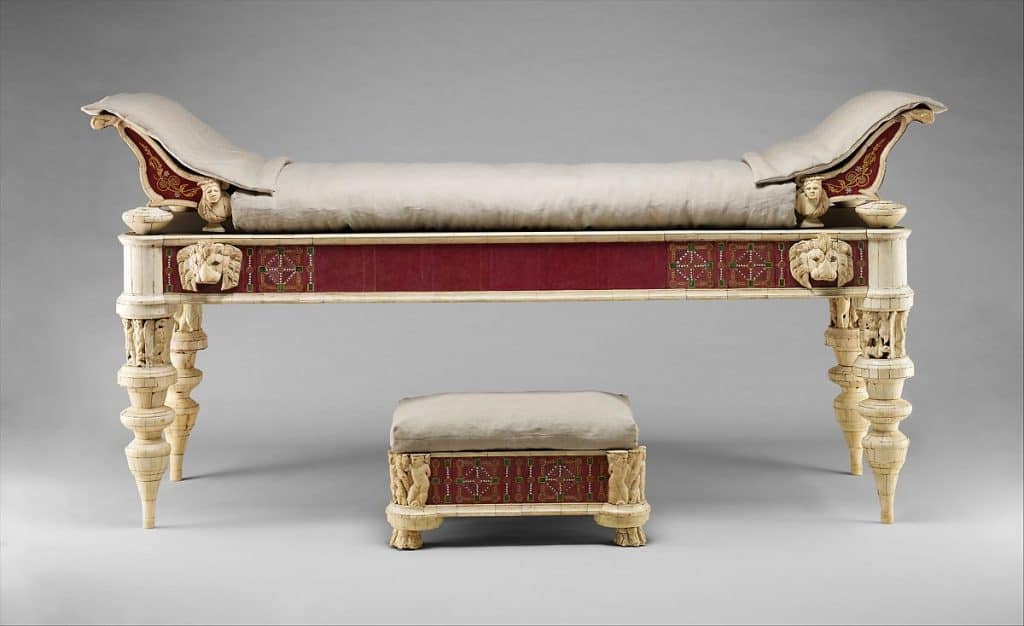
1st–2nd centuries A.D. | Source: The Met
The Medieval Sofa
After the Fall of the Roman Empire in the 5th century, the continent fell into a state of decline.
For nearly 1,000 years during the Medieval period, the sofa became nothing more than a rudimentary bench.
Medieval homes lacked the spaces we now refer to as living rooms. Houses shared a single open space centered around the hearth. People gathered at tables and wooden benches.
A reason behind the sofa’s austerity was the Church, which believed that physical comfort led the body to sin. So, by rejecting comfort and choosing discomfort, the soul would become more inclined toward God.
This reasoning is why many churches installed (and still use) wooden pews and benches and why the design of Medieval couches stalled.
It would stay this way until Renaissance-era craftsmen rediscovered the sofa and its value as a piece of comfortable furniture came back into style.
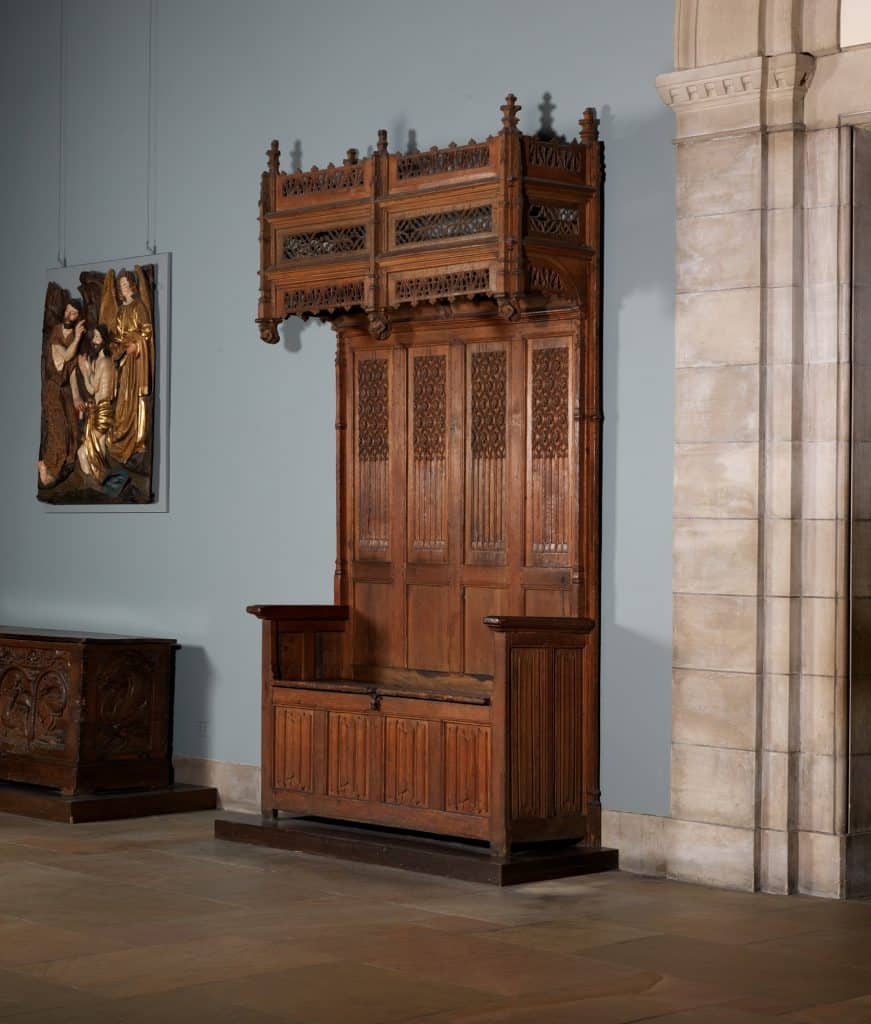
The Rebirth of the Sofa in the Renaissance
The Renaissance marked a turn from Church teachings like austerity and sin and a preference for comfortable living.
As upholstery became a regular part of interior design near the end of the Elizabethan period (1558-1603), Gothic-period materials stone and wood fell out of favor.
As upholstery developed, it moved from wall hangings and rugs to coverings for furniture, including upholstered seating.
Furniture makers stuffed the first sofa cushions with materials like horsehair, hay, or dried moss. Italian designers added backs and arms to seats, making them even more comfortable.
Many Renaissance couch designers emphasized form over function. It resulted in skillfully detailed, stunning masterpieces that were not very comfortable.
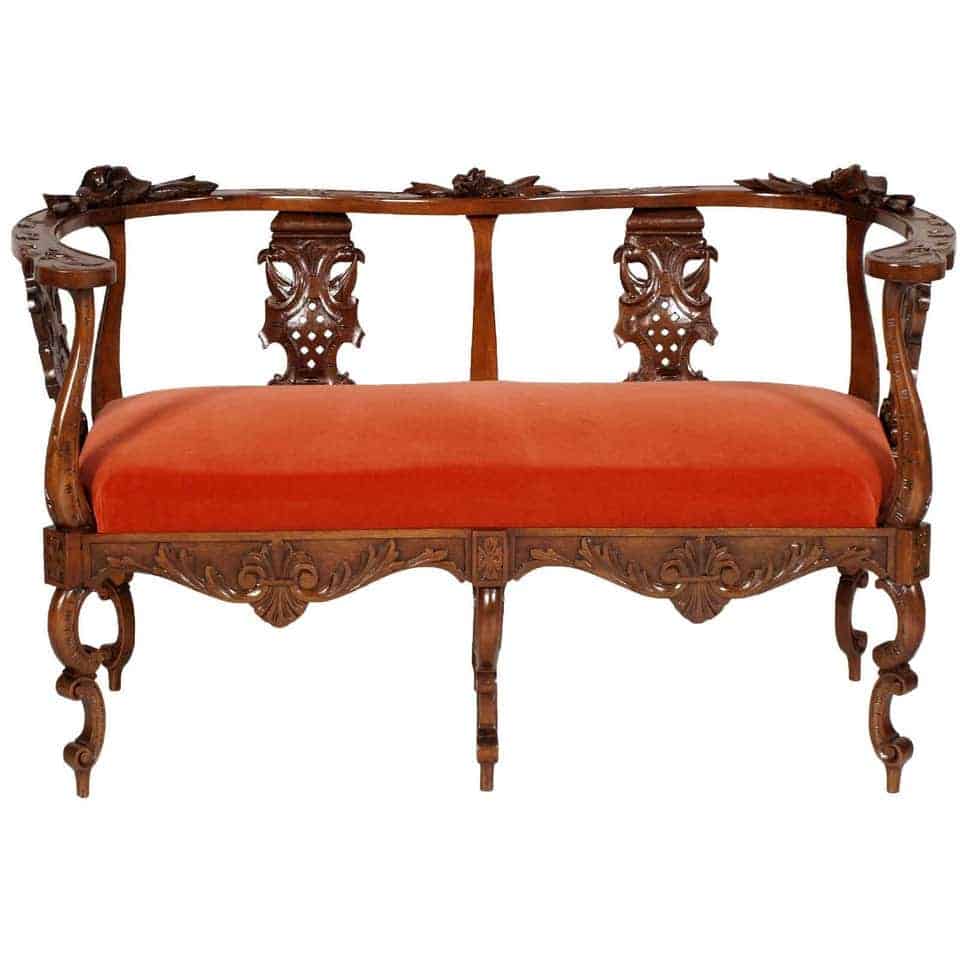
The Baroque Period
The Baroque period was an essential part of 17th century French design. The Regence and Louis XIII styles influenced not just France, but also Europe.
While the day bed was a popular choice in the UK during this period, a prototype of the sofa emerged in France called the double chair.
It included softer cushions for the seat and arms. The seats were broader, and the backs taller. It had a rectangular shape and fixed inner legs to hold the extended seat. The armrests made it appear even more comfortable.
This early sofa helped promote France as an authority of style and design in the following decades.
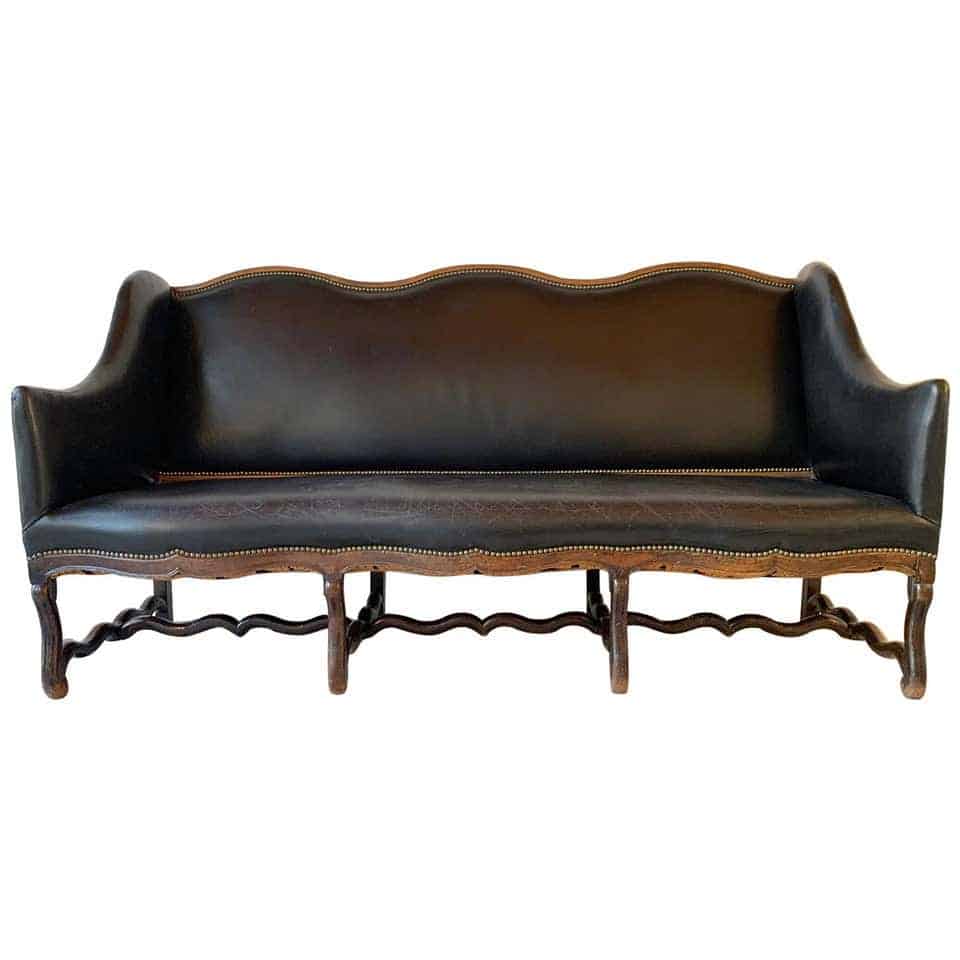
Lord Chesterfield and the Chesterfield Sofa
Lord Phillip Stanhope, the Fourth Earl of Chesterfield (1694-1773), played a massive role in the sofas’s development during the Restoration.
He commissioned a new type of furniture where multiple people could sit without wrinkling their clothes and named it the chesterfield, after himself.
During the Restoration, the extravagant and self-indulgent design came back into fashion. Bright colors and sweeping textiles contrasted the muted grayscale hues of the previous Cromwellian era.
The first model was leather, featured buttoned upholstery, and rolled arms. The height of the back and arms were equal, letting users sit in poise and comfort without ruining their clothing.
The chesterfield was overwhelmingly popular and remained an iconic piece of Restoration-era furniture.
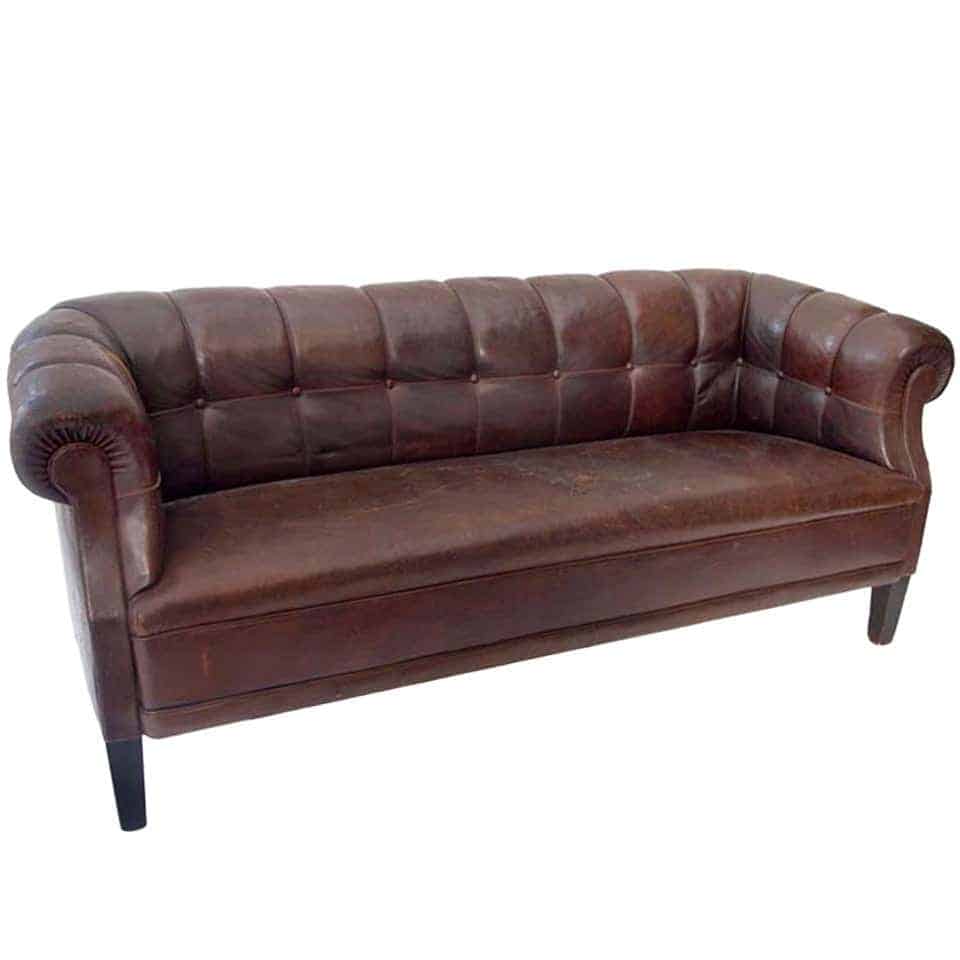
Louis XIV and Louis XV Sofas
The reigns of Louis XIV and Louis XV revolutionized French culture, down to its furniture manufacturing.
The Louis XIV was the sofa of its time since it embodied comfort and aesthetics.
Still, it evolved an independent purpose, particularly as a piece of furniture for comfortably seating the royal court in the king’s palaces.
French nobility prized opulence and physical comfort and spent their money accordingly. So, cabinetmakers crafted new pieces like chaise lounges, settees, love seats, and the canapé (a smaller version of the cabriole sofa).
Louis XVI Style Settee, France – Styylish, available.
The 18th Century
Starting in the 18th century, Thomas Chippendale circulated pattern books depicting and recording the period’s trends.
Unlike those from the Renaissance, Chippendale’s designs blended beauty and purpose. He favored deep seats that doubled as a bed if the need arose.
It was this time when the sofa transitioned from a luxury item for the wealthy to a household requirement.
One reason why more people had access to sofas was the Industrial Revolution (1760-1840). Furniture became cheaper as the price of building materials dropped, and quantities rose.
New inventions, like the sewing machine, promoted mass production and parts like steel springs, raised the couch’s comfort while lowering its price.
During this time as well, comfortable upholstery replaced stiff, decorative wood seats.
Once the sofa transitioned from an exclusive piece of furniture for the rich to something every home could have, designers once more focused on its form.
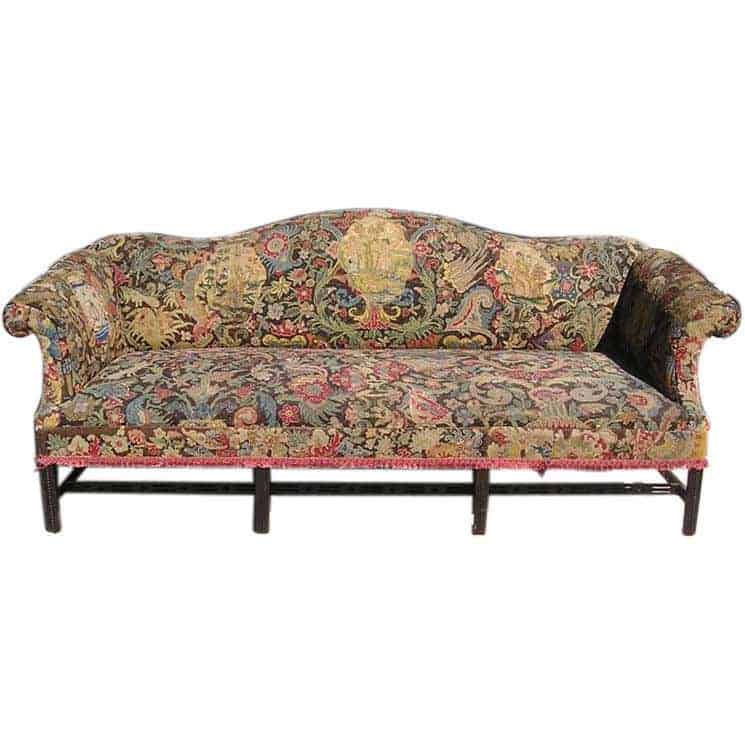
The Sofa in the 19th and 20th Centuries
The sofa underwent more sweeping changes during the Victorian and Edwardian periods. They followed conventional patterns, but a principal design was the fainting sofa.
Many believed this piece was a vital accessory for the drawing-room, which some deemed the fainting room.
This furniture’s purpose allowed women suffering from female hysteria to recover themselves in dignity, without exposing themselves in the event of a fainting spell.
The Rococo style became extremely fashionable during the Victorian period. Cabinetmakers added embellishments like flowing, curling wood carvings.
However, the Edwardian period saw the rise of Mission-style furniture, which turned away from flourishing Rococo adornment.
Mission style designers favored minimalist features and 90-degree angles that complemented rural living. It played a significant role in interior design for the first half of the 20th century.
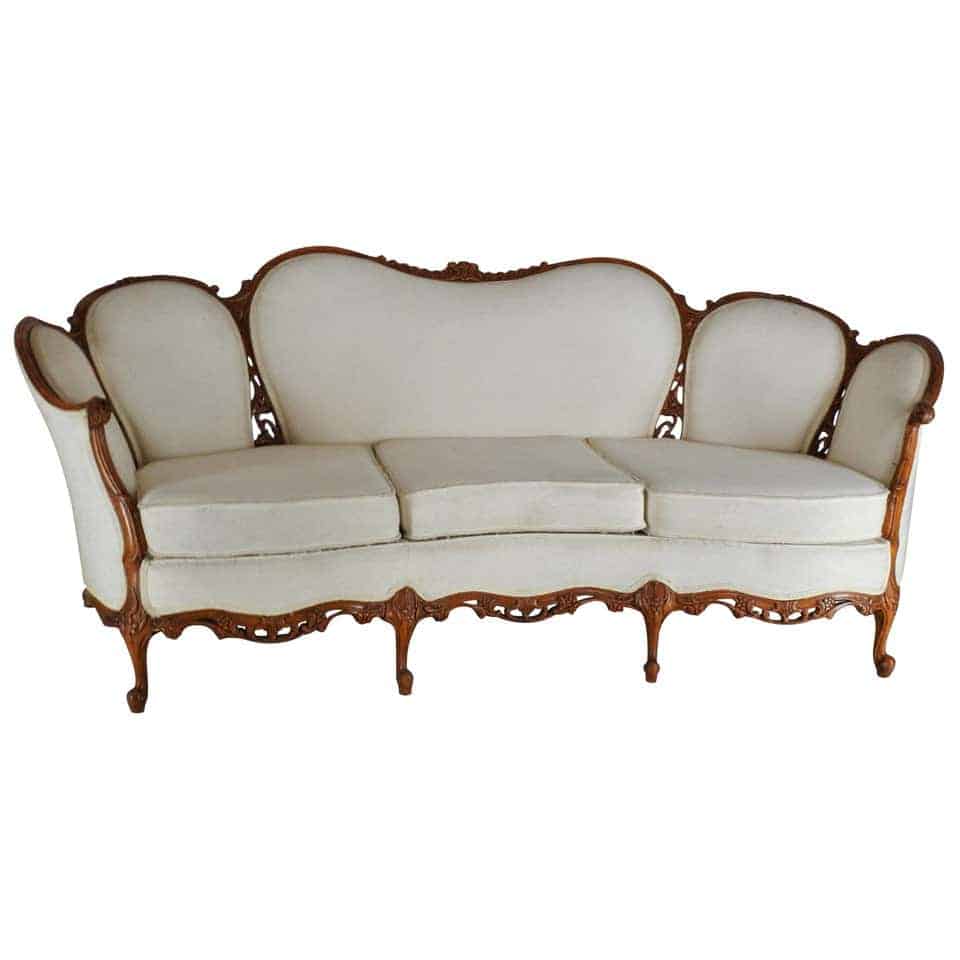

Modernism
As more middle-class families purchased sofas in the early 20th century, designs became less extravagant and more functional. It became especially so after the end of World War I.
Designs like Art Deco and Modernism were strikingly different from pre-WWI designs like Art Nouveau.
Modernism boiled design characteristics down to the basics. Rather than beautifying furniture with embellishments, designers created works that were beautiful within themselves.
Geometric patterns, uniform colors, and clean lines heightened pieces’ minimalist forms. Materials like plywood, plastic, and fiberglass enhanced these features.
Le Corbusier and Charles Eames combined comfort and practicality, creating unique pieces that continually influence today’s sofa designs.
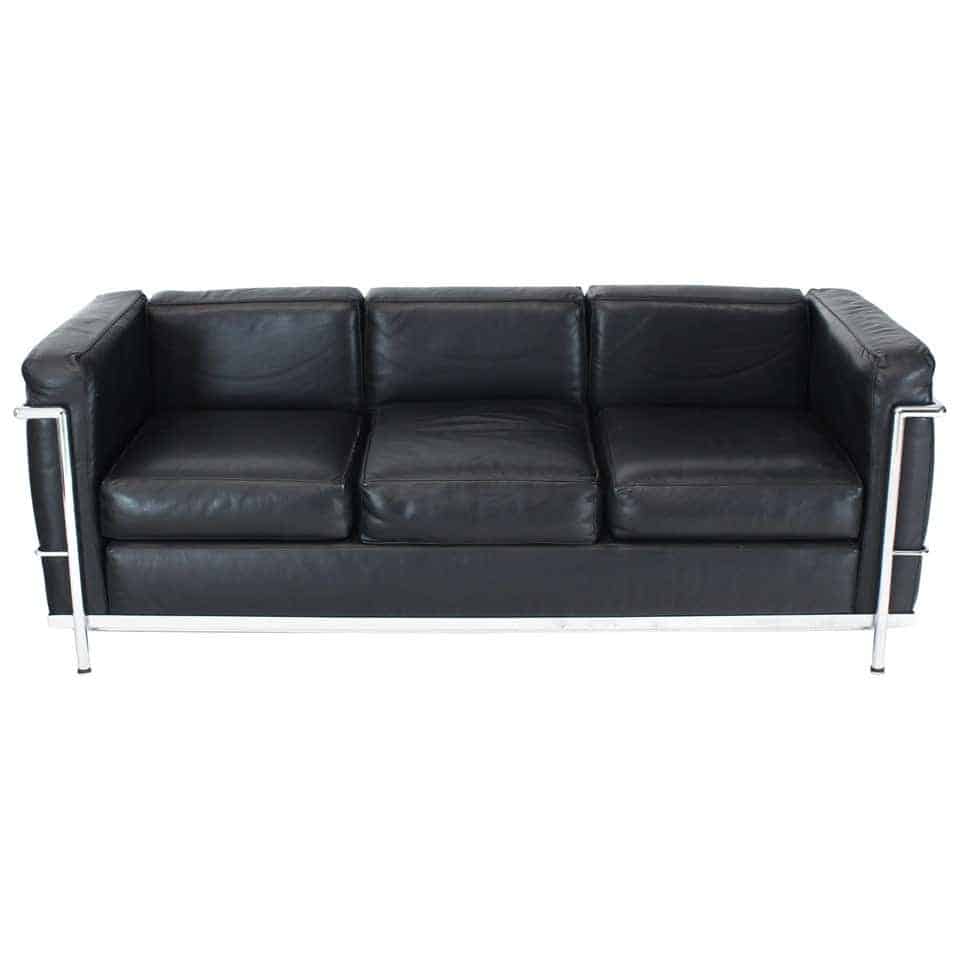
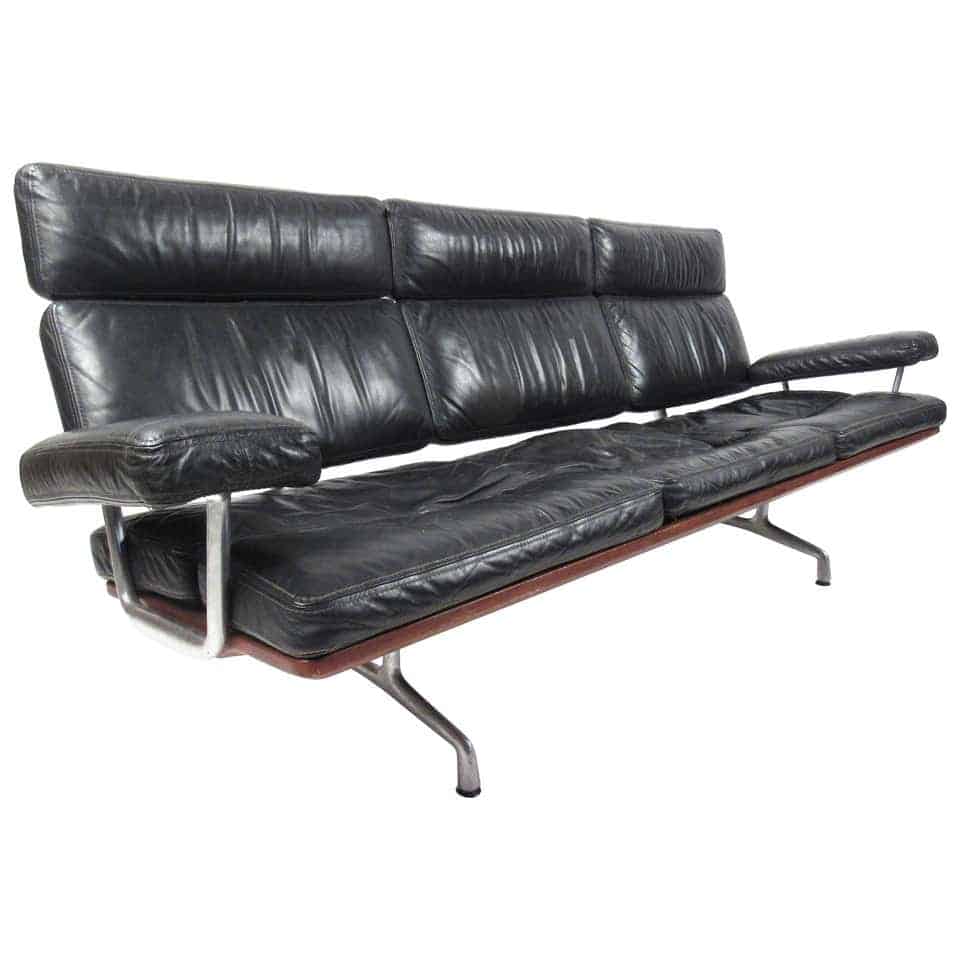
The Sofa in the 21st Century
The sofa continues to evolve and adapt to society’s ever-changing demands, such as smaller two- or three-person seaters in parlors, becoming massive sectionals that fit an entire family.
Styles such as the pull-out couch, sofa bed, and futon reflect a culture that is becoming more transient (and perhaps less financially stable).
Although the type, purpose, and materials always change, one thing stays the same: the sofa is a household staple and a favorite piece of furniture for many.
Styylish
Visit the Shop to find your new favorite piece of furniture.
Check out the Blog for more antique furniture history, style tips, and more!
Sources
- “A History of the Sofa in 30 Seconds.” SofaSofa Blog, 18 Nov. 2014, sofasofa.co.uk/blog/history-sofa-30-seconds/.
- Heico Fasteners UK Ltd. “The History of the Sofa.” Heico Fasteners UK Ltd, www.heico-direct.co.uk/the-history-of-the-sofa/.
- Jones, Rob. “The History Of The Couch: A Long Form Read.” BuildDirect Blog: Life at Home, 12 Feb. 2015, www.builddirect.com/blog/the-history-of-the-couch-a-long-form-read/.

